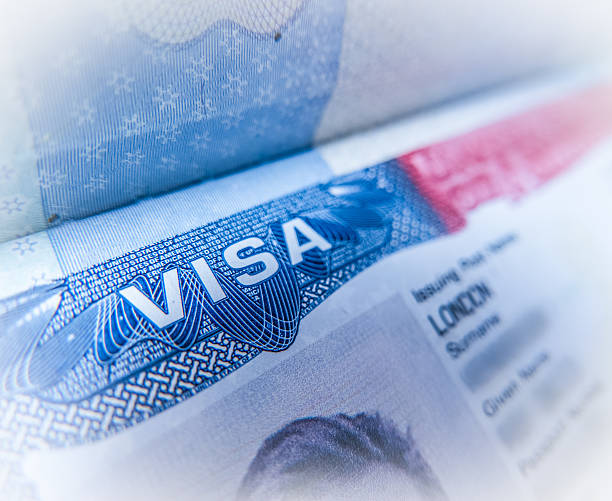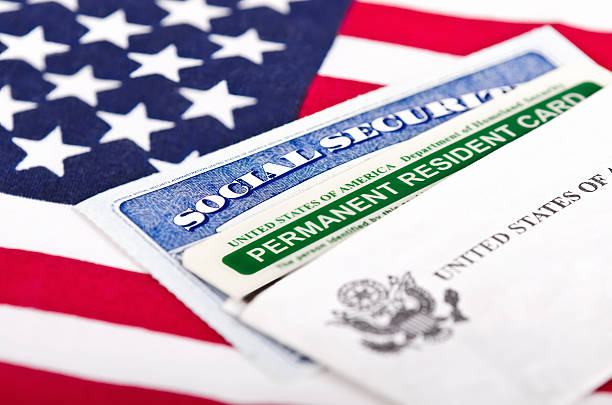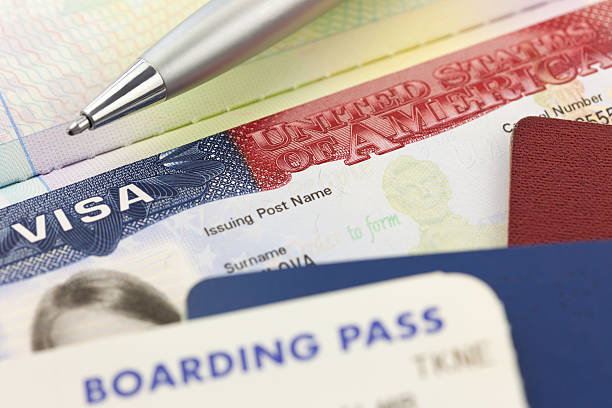
How to Apply for Asylum: A Step-by-Step Guide
How to Apply for Asylum: A Step-by-Step Guide
Applying for asylum is a complex and often stressful process that involves seeking protection from persecution or serious harm in your home country. Understanding each step of the asylum application process can help you prepare and improve your chances of a successful outcome. Here is a comprehensive, step-by-step guide to applying for asylum.
1. Determine Your Eligibility
Before applying for asylum, you must determine whether you are eligible. Generally, you may qualify for asylum if you have suffered persecution or have a well-founded fear of persecution due to your race, religion, nationality, membership in a particular social group, or political opinion.
2. Enter the Country Legally
To apply for asylum, you must be physically present in the country where you are seeking protection. This can be achieved by entering legally at a port of entry or crossing the border and immediately seeking asylum.
3. File Your Asylum Application
Once in the country, you need to file an asylum application. In the United States, this involves submitting Form I-589, Application for Asylum and for Withholding of Removal, to the U.S. Citizenship and Immigration Services (USCIS). Ensure you complete the form accurately and provide all required information and supporting documents.
4. Attend the Biometrics Appointment
After submitting your application, you will receive a notice to attend a biometrics appointment. During this appointment, your fingerprints, photograph, and signature will be taken for background checks. It is crucial to attend this appointment as scheduled to avoid delays in processing your application.
5. Prepare for the Asylum Interview
If your application is accepted, you will be scheduled for an asylum interview. The interview is a critical part of the process, where you will be asked detailed questions about your background, the reasons you are seeking asylum, and any supporting evidence. It is essential to be honest, thorough, and consistent in your responses.
6. Gather Supporting Evidence
Supporting evidence can significantly strengthen your asylum case. This may include:
- Personal statements detailing your experiences and reasons for seeking asylum.
- Documentation such as medical records, police reports, and news articles that support your claims of persecution.
- Affidavits from witnesses or experts who can corroborate your story.
- Country conditions reports that provide context about the situation in your home country.
7. Attend the Asylum Interview
On the day of your interview, arrive early, dress appropriately, and bring all your documents and evidence. Be prepared to explain your case in detail and answer any questions the asylum officer may have. It is highly recommended to have an attorney or accredited representative with you during the interview.
8. Await the Decision
After your interview, the asylum officer will review your case and make a decision. This process can take several weeks to several months. You will receive a written notice of the decision. If granted asylum, you will be allowed to live and work in the country and may eventually apply for permanent residency. If denied, you may have the option to appeal the decision or seek other forms of relief.
9. Appeal if Necessary
If your asylum application is denied, you have the right to appeal the decision. This involves filing a Notice of Appeal and presenting your case before an immigration judge. The appeal process can be complex, so it is crucial to seek legal assistance to navigate it effectively.
10. Seek Legal Assistance
Applying for asylum is a challenging process that often requires legal expertise. Consider seeking assistance from an immigration attorney or a non-profit organization that specializes in asylum cases. Legal professionals can provide guidance, help you prepare your application, and represent you during interviews and appeals.
Conclusion
Applying for asylum is a serious and complex process that requires careful preparation and understanding of legal requirements. By following this step-by-step guide, you can better navigate the application process and improve your chances of obtaining asylum. Always seek professional legal advice and support to ensure that your case is presented effectively and accurately.



















































